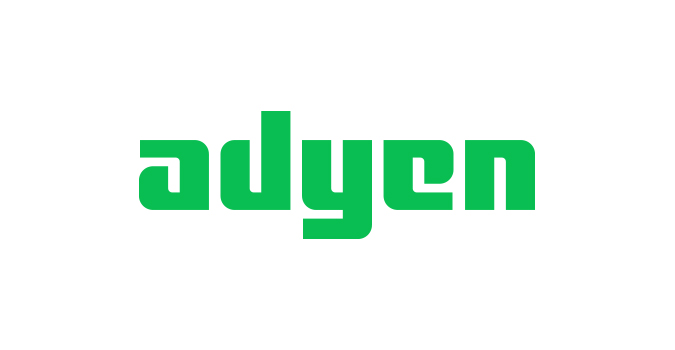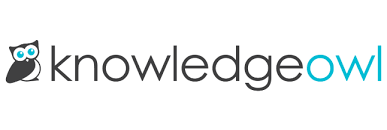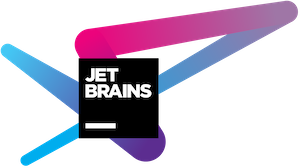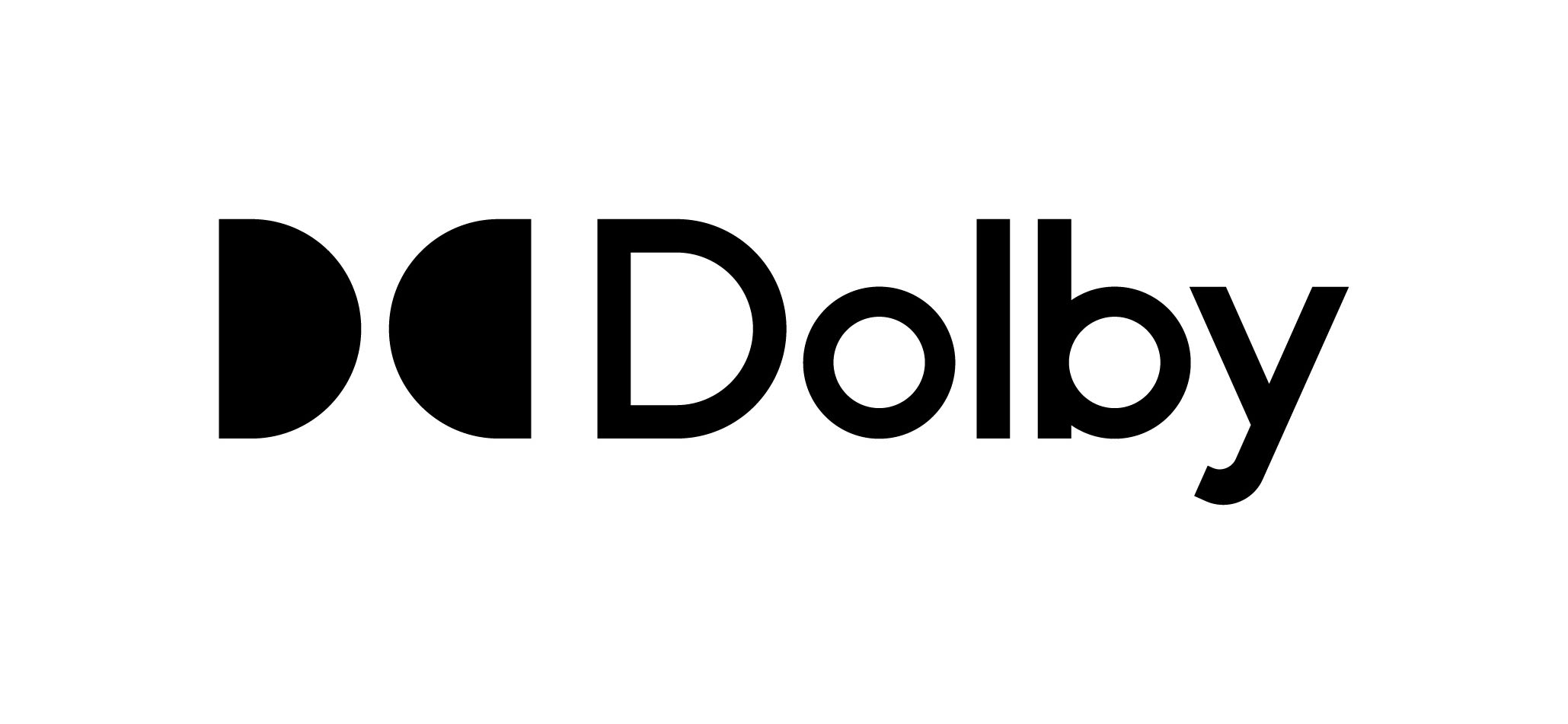Conference Speakers¶
All talk videos will be published on our YouTube channel no later than 1 week after the conference.
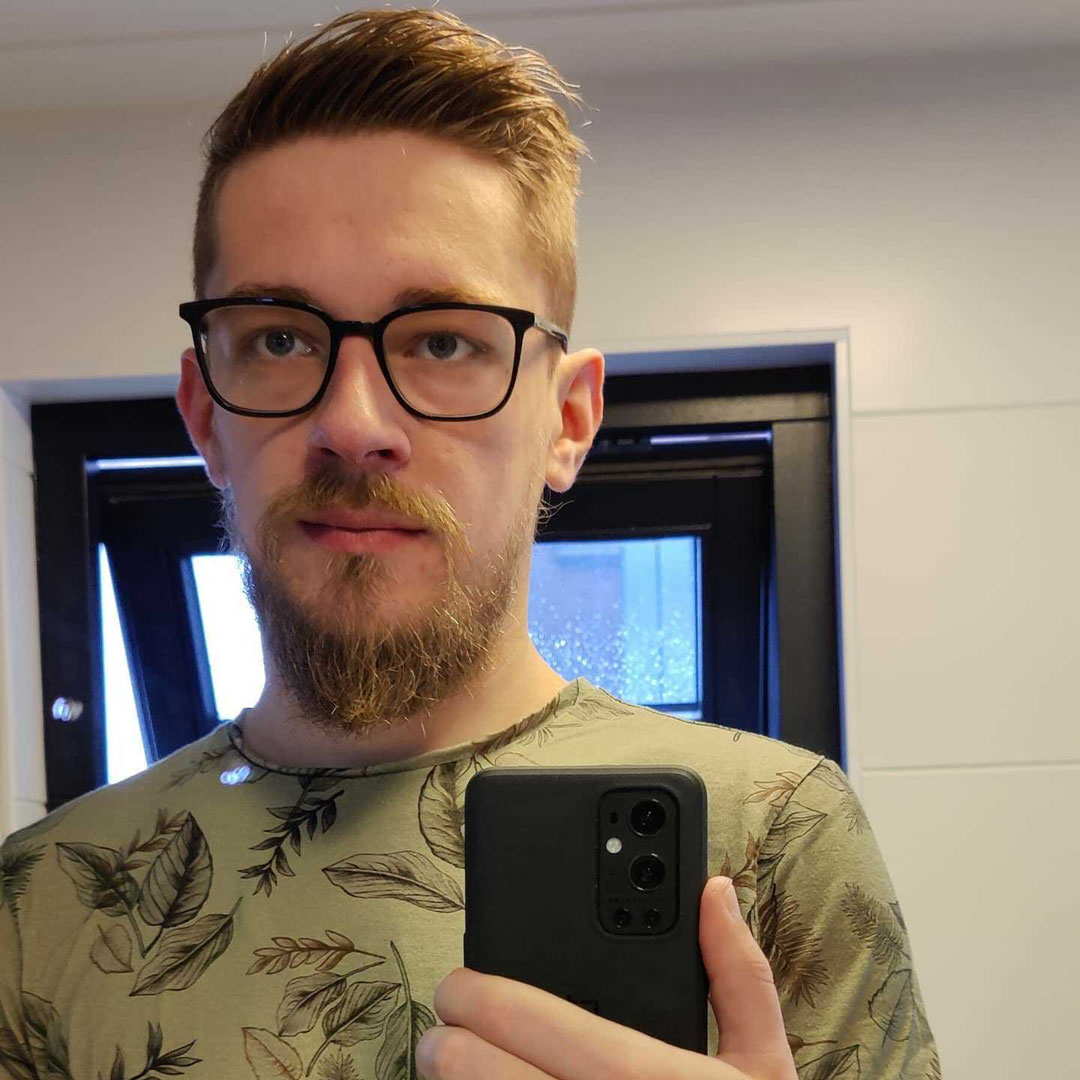
Tyler Smith
ADHD and its impact on the Creative Process for Writers
Tyler was diagnosed with ADHD at 27 years old; 3 years later, and having moved from a reactive Technical Support position into a creative and proactive Technical Writing position, he discovered many ways in which his ADHD interacts with his creative process. When comparing with other Technical Writers, especially those who are “neuro-typical”, he noticed that his productivity levels were significantly impacted - whilst other people put out a steady stream of work over time, he found that he spent a lot of time ruminating over details and research before a massive spike in productivity where all of the “measurable” metrics would spike too.
Realizing that this was significant, he took this thought process to a group of colleagues who identify as neuro-diverse, and to his surprise, many of them identified heavily with the situation and the attached feelings. He explored them with those colleagues, as well as several other trusted people, and he would like to share the findings with you.
Come and explore this topic with Tyler, where he’ll aim to help your understanding of:
- The impact of ADHD on the creative writing process
- Differences in the “neuro-typical” writing process and the “neuro-diverse” process
- Managing an ADHD writer
- How to view measurable metrics in a supportive manner for ADHD employees

Karissa Van Baulen
How I convinced my boss to build our docs team
Yet again, docs are listed in the top three pain points for your organization and still you can’t get buy-in for your ideas about doc improvements. Want to change their mind? Getting support from stakeholders to invest in more resources, whether it is more writers, more money, or just more support, is a hard hurdle to jump over especially if you are at a growing company with growing needs to be documented.
In this talk, we will go through how to create a compelling business case to go from a lone writer to a dream team with the support of your direct leads, upper exec, and any stakeholders.

Jeff Smith
The Art of Asking Questions
There are many times in your career as a technical writer or documentarian where you may feel restricted on your communications with members of other teams. Particularly when dealing with the more technical teammates, subject matter experts, and co-founders who carry knowledge in their minds that needs documented, asking questions can be daunting. What is the best method to use to interact with this person? When is the best time? Will they even respond? If they don’t respond, should you push harder? This can be discouraging and turn you away from inquisitiveness, and doubly so if you are by nature a quiet or introverted person.
This is often true to such an extent that writers will apologize for asking questions. This leads into the crux of the matter, which is this: Never apologize for asking questions. Never apologize for being curious. And never apologize for doing your job. Curiosity is one of the greatest qualities a documentarian can have. Anecdotally, I just hired two technical writers for our documentation team, and one of the qualities I and other interviewers were screening for was just this. What questions do they ask? Are they inquisitive? Do they take on new subjects to learn because they want to? Are they comfortable documenting things they’re unfamiliar with before starting?
You should never be worried about or discouraged from asking questions. If you’re not in the mental space to be comfortable with this part of your job, it’s an easy enough habit to pick up, and it’s a critical part of documenting anything. There are of course times when you can read about what you need, and simply rephrase and organize existing information. That’s useful for the presentation of disorganized information, but when you are tasked with documenting something new, questions are essential. The people providing you with raw information, no matter how familiar with the product or feature, often do not know everything that the customer, and by proxy, you, will need to know to use it. That’s your job — that’s why you’re being paid — to be the expert in generating, crafting, and refining the documentation. Don’t sell yourself short.
In this talk I’ll cover the above points in more detail, provide some clear real world examples, and discuss how to take into account things like domain knowledge, egos, internal politics, and more while still gathering the information you need to do your work. It’s your job as a documentarian to ask the questions the customer may not be able to ask easily, so that you can answer them yourself!
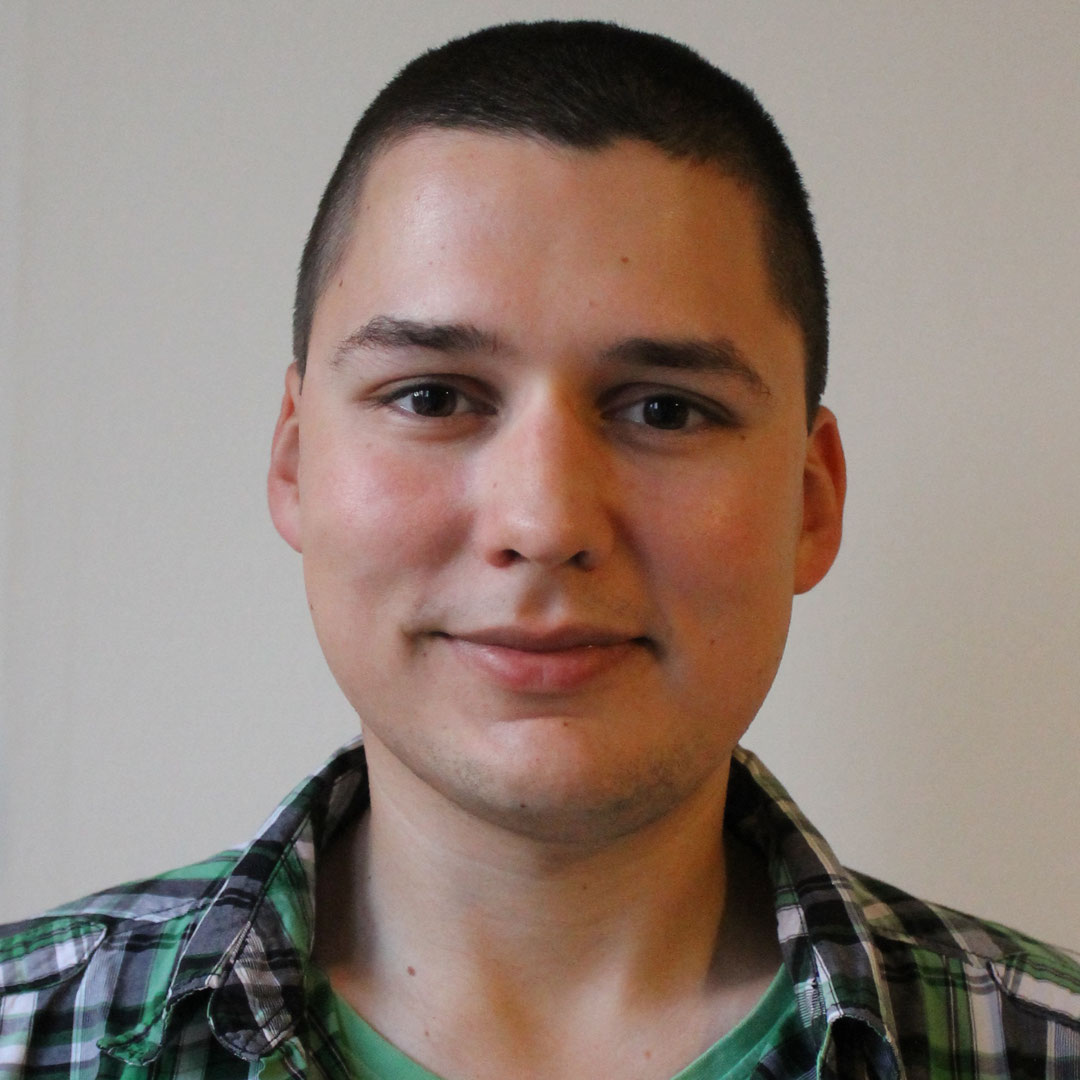
Mano Toth
Documentation as Marketing? From Conflict to Collaboration
Documentation and marketing are often considered as diametrically opposed to each other, both in terms of their goals and methods. It is true that the conventions for technical and marketing content are different, and technical writing and marketing could both be conducted in a way that they come into conflict with each other. However, this does not need to be the case.
In this talk, I argue that the goals of technical writing and marketing are aligned in many ways. Specifically, the impact that documentation aims to have on different user groups is closely connected to the goals of marketing. Technical writing aims to motivate users, help them solve their problems, and enable them to explore. In this understanding, documentation can effectively contribute to the classical marketing aims of engagement, retention and upsell. Based on this premise, my talk explores how documentation and marketing can collaborate with and learn from each other.

Benny Ifeanyi Iheagwara

Mustapha Rufai
Creating documentation for the African audience.
They say good docs save lives—your users, developers, and consumers— regardless of the form they come in, be it contents, tutorial pieces, or documentation. Also, with an understanding of the market and your audience, these pieces of content can tell stories, attract people, and inspire venture capitalists to invest. When done right, the reward is massive, and Africa is no exception.
But why aren't African startups doing more of this? The African tech ecosystem is rocketing, and venture capitalists are taking notice. Could it be a short-sighted view? Time constraints and money? Or is it the uniqueness of the African audience?
For this talk, we spoke with a few African startups to learn how they approach documentation and content creation, their challenges, focuses, and how they tell their stories.
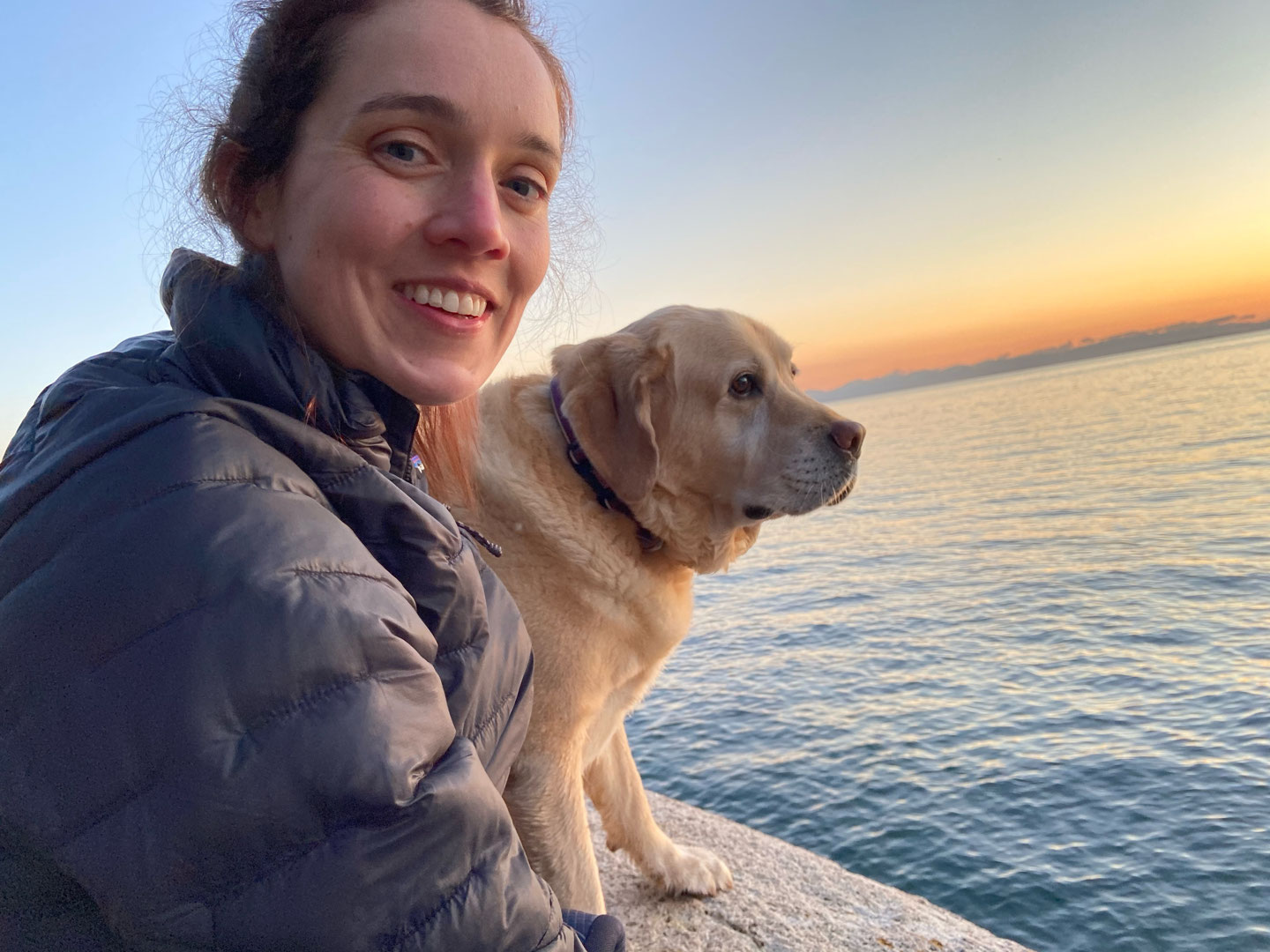
Taylor Cole
Cultivating a Stakeholder Network for Our Docs: How Building Relationships Improves Our Content
For many of us, helping others is the primary motivation underlying the work that we do. As documentarians, helping others often equates to creating content that’s truly aligned with our audience’s needs. But ensuring that our efforts pay off in customer satisfaction can be challenging, because we often receive doc requirements second-hand and not from the people who rely on us most.
In my work writing developer documentation, I’ve found that the best way to meet the needs of my audience is to build long-lasting relationships with stakeholders, whether through attending user conferences, eliciting feedback, or engaging in other forms of outreach. Nurturing stakeholder relationships and helping others with what we do makes our work not only higher quality, but also more rewarding and meaningful.
In this talk, I’ll share how I’ve built lasting relationships with the external community to better empathize with customers and enable their success.
We’ll explore:
- The value of cultivating a network of stakeholders for your documentation
- Tangible ways you can build long-lasting relationships with your customers
- Potential challenges you might encounter and how to overcome them
- Ways to measure your impact and make the case for investing in your audience
This talk is for anyone who wants to learn how to better connect with and serve the people who consume your content.
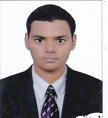
Prashant Mathapathi
Improve Customer Adoption with UI Help
In today's busy environment, not every customer has the time to migrate from UI to doc site to read a doc, when they are stuck. This may lead to customer not using a complex feature which might actually be very useful and a great revenue generator to the organization.
In this presentation, I present a customer adoption technique by use of UI based help. UI based help is not the same as context sensitive help nor does it refer to the traditional hard-coded tooltips created by developers. UI based help refers to various attractive, attention grabbing methods of presenting content to the users on the UI itself thus negating the need to go to the documentation site each time they are stuck.
Does that mean that the traditional style of documentation would be completely be replaced? certainly Not. UI based help is generally crisp and serves a specific purpose. For example, UI based help can be used to explain a specific field on the UI which could otherwise be difficult to understand, a flow which explains (in brief) how to use a new feature with a few clicks, an announcement (new release, new feature, new investor, new acquisition etc), a survey and so on.
In this presentation, I will explain the various types of UI based help that technical writers can use to help improve the customer adoption, thus benefiting the organization.
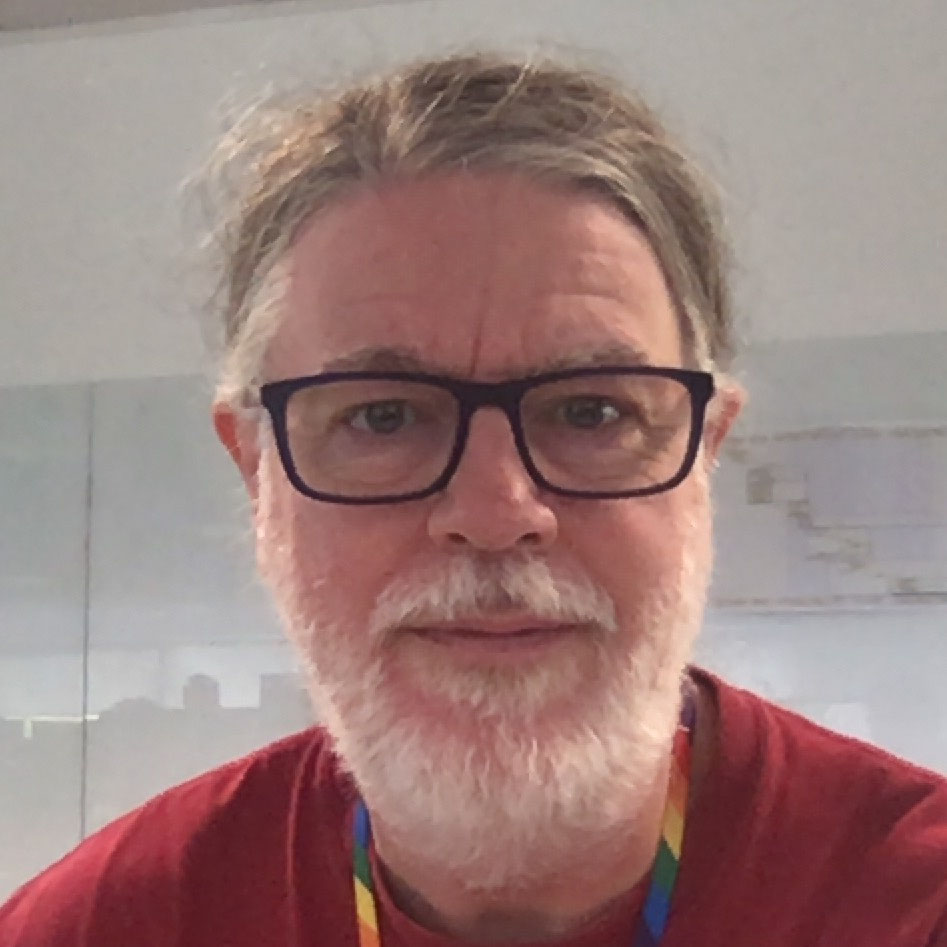
Tibs
Beyond spell checking - what else can we check automatically?
Writing documentation is hard, and spotting errors in that documentation is harder. Luckily, if we're working in a docs-as-code environment, we can apply some of the techniques that programmers have been using for a long time, in particular linting, the automated checking for common errors or stylistic problems.
In this talk, I shall go through some of the types of check it is possible to
make, including spell checking (it's still important), suggesting replacements
for words/phrases (multi-cloud instead of multicloud), "if this then
that" rules (remember to expand an acronym on first use) and targeting checks
more closely using simple NLP (Natural Language Processing)
I'll cover the use of pre-prepared styles, and I'll give some consideration as to how linting can be "plumbed in" to the review process.
At the end I'll demonstrate how to implement some of these techniques, using
the example of Aiven's open source developer documentation. I'll make sure to
include my favourite check, for the correct usage of ® on product names.
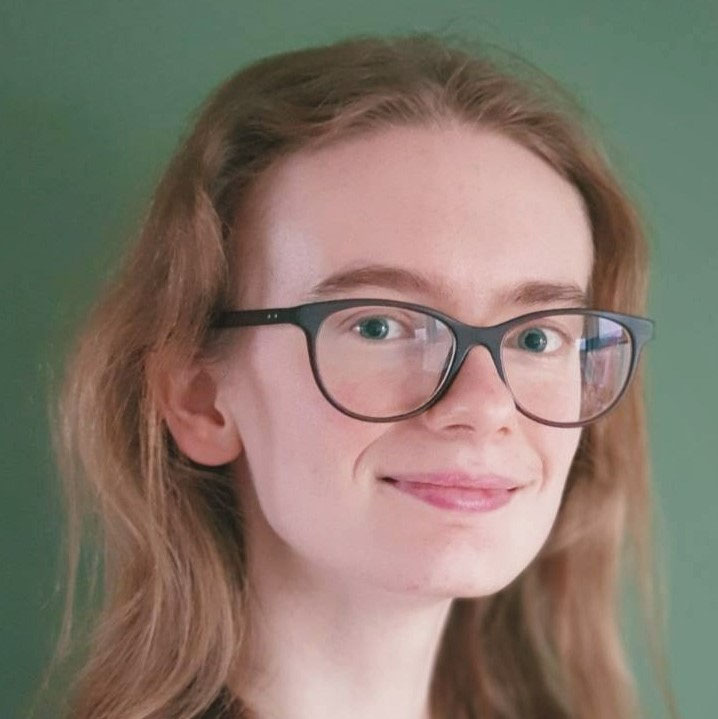
Emilia Juda-Özbay
Maintaining Documentation: Make It Easy!
Have you ever had trouble with outdated examples, installation instructions that no longer work, or obsolete references in your documentation? You're not alone. At some point, everyone involved in software engineering has run into problems like these. In fact, a significant portion of documentation issues stems from inadequate maintenance.
There is a wealth of information on how to make reading documentation less painful and more productive, from considerations about information architecture to suggestions for appropriate UI solutions. However, good documentation doesn’t just magically appear — someone must write and maintain it. Therefore, it is important to consider the workflows of documentation maintainers. What issues do we face and what can we do to improve them?
In this talk, we will take a closer look at six blockers commonly encountered when maintaining documentation, such as poor workflow automation, unclear guidelines, and lack of traceability. We will then discuss specific improvements you can implement in your own organization, regardless of the programming language you use or who reads your documentation.
Whether you’re an individual contributor trying to make your job easier, an open source maintainer hoping to get more contributions from your community, or a manager aspiring to remove blockers faced by your team, this talk will outline steps you can take to create an exceptional documentation maintenance experience.

Ryan Paul
Two years of Markdoc: what we’ve learned about balancing developer and author experience
At Write the Docs Portland in 2020, we described how we built Markdoc—an extensible Markdown-based content format—to enable application-like user experiences in our documentation while providing a low-friction authoring experience.
Two years later, Markdoc now powers thousands of pages of documentation at Stripe and is available to the community under a permissive open source license. We are back to discuss what we’ve learned about using Markdoc in practice, how we balance developer experience (DX) with authoring experience (AX), Markdoc’s burgeoning open source community, and ideas for what you can start building with Markdoc today.
In this talk, we’ll:
- Discuss common authoring pain points when hundreds of cross-functional stakeholders contribute to documentation
- Uncover some tips, tooling, and strategies for solving these problems
- Showcase inspiring examples of Markdoc in the wild

Melissa Black

Asma Kacem
Toward the broader globalization of Open Source: documenting your localisation Journey
The Turing Way is an open-source community-led guide to reproducible, ethical and inclusive data science. Its goal is to provide all the information that researchers, industry professionals and members of the public need to understand reproducibility and ethical standards in data science at all stages of development. The Turing Way contains chapters with best practices, guidance and recommendations that are crowdsourced, collaboratively documented and used internationally by researchers from across the globe.
The Turing Way community currently hosts over 200 sub-chapters across five guides and over 300 direct contributors on GitHub, where we develop our resources that are used by thousands of geographically and culturally diverse users. However, the guide is written in English. This language barrier motivated us to create community-led, multilingual versions of The Turing Way, with the same collaborative spirit that permeates the main guide. The community then started working collaboratively on translations of the Turing Way material to several languages, including Spanish, Arabic and Turkish, while trying out different platforms (such as Transifex and Crowdin).
Eventually, we established a workflow in Crowdin for the translation, which is a key step for internationalisation (i18n) of The Turing Way. Localisation (l10n) and internationalisation (i18n) are important aspects in the design of any open-source project or document. Internationalisation allows open-source projects to support and satisfy the needs of multiple locales, thus “enabling” localisation, which is the adaptation of it to meet the language and the culture of a specific target locale.
However, translation workflows can often become confusing and inconsistent, and many translation efforts go unfinished for several different reasons. Our aim is to provide clear guidelines so any potential contributor is able to participate freely while keeping consistency in the translation. We project clear documentation to facilitate the creation of language bridges that connect to diverse audiences. Therefore, we have documented the translation workflows inside the Community Handbook, which is a part of the Turing Way book. It provides information about all our practices within the project, ways of working, and other aspects that can make community participation equitable for all members. We also include language-specific documentation in GitHub written by the target language contributors. By structuring and combining the relevant glossaries available in such languages, we enable community members to consistently translate using standardised terminology. Sharing and documenting our translation journey has proven to be important in reaching out to new members and making their contributions smoother and more accessible.

